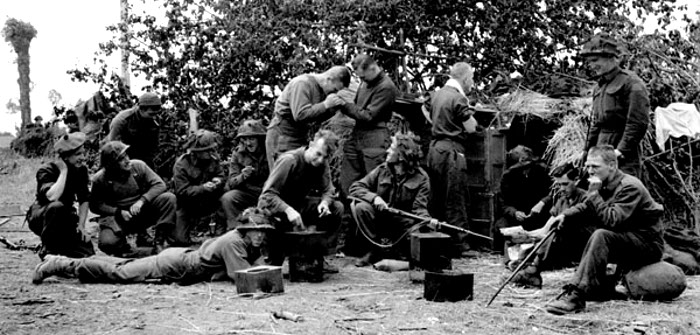"B" Company, Royal School of Infantry
Topic: The RCR

Our Permanent Troops, I
"B" Company, Royal School of Infantry
The Dominion Illustrated, 1st November 1890
Royal Military Schools
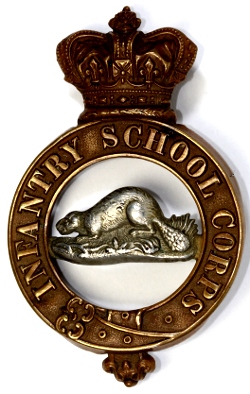 On the 25th of May 1883, the Governor-General assented to an amended Militia Act, which had been introduced by the present popular Minister of Militia, Sir A.J. Caron, which provided for the organization of three companies of infantry, to be permanently maintained. The object was, in the words of the Act, "to provide for the care and protection of forts, magazines, armaments, warlike stores and such like service, also to secure the establishment of schools for military instruction." Such schools had previously existed in Canada, and, as a matter of fact, did exist at the time this act was passed. Their previous existence will be remembered by many, for they were in connection with Imperial regiments stationed in Quebec, Montreal, and elsewhere. The secure attendance at these Imperial regimental schools did not require a commission in the militia. Any one could attend, and, upon getting a pass certificate, secured a certain money payment. Hundreds availed themselves of this privilege. The withdrawal of the Imperial troops from Canada in 1871, necessitated the Canadian Government organizing regular troops of their own, to garrison the Citadel at Quebec and Fort Henry at Kingston. To perform this work, A and B Batteries of Canadian Artillery were called into existence on the 20th of October, 1871. These batteries were to consist of two divisions—"Field and Garrison"—and were shortly after called upon to perform the "school duties" which had hitherto been carried on by Imperial troops. In addition to their true military designation, they had given them the title of "Royal Schools of Artillery." To these schools went many officers of the militia force for instruction; but the infantry officers felt that an "artillery school" was hardly the place at which to get first-class infantry education. To meet this difficulty, the amended Militia Act of 1883 gave authority to call into existence three permanent companies of infantry. On the 21st of December, 1883, a Militia general order, the substance of which is as follows, appeared in the Canada Gazette:
On the 25th of May 1883, the Governor-General assented to an amended Militia Act, which had been introduced by the present popular Minister of Militia, Sir A.J. Caron, which provided for the organization of three companies of infantry, to be permanently maintained. The object was, in the words of the Act, "to provide for the care and protection of forts, magazines, armaments, warlike stores and such like service, also to secure the establishment of schools for military instruction." Such schools had previously existed in Canada, and, as a matter of fact, did exist at the time this act was passed. Their previous existence will be remembered by many, for they were in connection with Imperial regiments stationed in Quebec, Montreal, and elsewhere. The secure attendance at these Imperial regimental schools did not require a commission in the militia. Any one could attend, and, upon getting a pass certificate, secured a certain money payment. Hundreds availed themselves of this privilege. The withdrawal of the Imperial troops from Canada in 1871, necessitated the Canadian Government organizing regular troops of their own, to garrison the Citadel at Quebec and Fort Henry at Kingston. To perform this work, A and B Batteries of Canadian Artillery were called into existence on the 20th of October, 1871. These batteries were to consist of two divisions—"Field and Garrison"—and were shortly after called upon to perform the "school duties" which had hitherto been carried on by Imperial troops. In addition to their true military designation, they had given them the title of "Royal Schools of Artillery." To these schools went many officers of the militia force for instruction; but the infantry officers felt that an "artillery school" was hardly the place at which to get first-class infantry education. To meet this difficulty, the amended Militia Act of 1883 gave authority to call into existence three permanent companies of infantry. On the 21st of December, 1883, a Militia general order, the substance of which is as follows, appeared in the Canada Gazette:
Infantry School Corps
The formation of three schools of infantry having been authorized, the requisite number of militiamen will be enrolled and formed into one corps, to be known as the "Infantry School Corps."
The stations of these schools were to be: "A" Company at Fredericton, N.B., under Lieut.-Col. Maunsell, commandant; "B" Company at St. Johns, P.Q., under Lieut.-Col. D'Orsonnens, commandant; "C" Company at Toronto, under Lieut.-Col. Otter, commandant. Subsequent authority was given to organize a fourth company—"D" Company—and it was an is stationed at London, Ont., where a splendid new barracks were specially erected. In 1883 a troop of permanent cavalry—"The Cavalry School Corps"—was organized, under Lieut.-Col. Turnbull, and stationed in Quebec. In 1885 a company of mounted infantry was formed and stationed at Winnipeg, and in 1887 another battery—"C" Battery—was called into existence and stationed at Victoria, B.C. The three Batteries of Artillery—A, B and C—form "the Regiment of Canadian Artillery," under the command of Lieut.-Col. Irwin. By the end of January, 1884, the required number of men were enlisted for the infantry and cavalry—the period of enlistment three years—and in the spring of that year their educational work began and has continued ever since. Some three years ago Her Majesty was pleased to bestow upon them the title of "Royal Schools." The course of instruction lasts three months, and there are three courses in the year. The officers attached for instruction live and mess in barracks and receive one dollar a day pay. The instruction is carried on by the permanent or regular officers and non-commissioned officers under the direction of the commandant. In addition to militia officers, militia non-commissioned officers and men can also be attached. They receive fifty cents a day pay. The pay of the regular Canadian private soldier is forty cents a day and a full kit. The only stoppages are 15 cents a day when in hospital and a trifling stoppage for hair-cutting. Such is a brief outline of the organization of our small force of Canadian regulars—a portion of whose duty is that of "military schools" for our volunteers, the officers of which must qualify of lose their commission. To render the qualifying as easy as possible at the end of each regular course, special courses lasting about two weeks are given.
This issue of the Dominion Illustrated we devote largely to illustrating the Royal Military School in connection with "B" Company, Infantry School Corps, stationed in the barracks at St Johns, P.Q. A recent issue contained a view of the officers' quarters from the tennis ground and another taken from the river. The ground on which the barracks is built is memorable ground in connection with the early history of this country, and saw stirring scenes when occupied by the French, as it also did when assailed by an American force. The old French earthworks, which are still in a good state of preservation, show that the fort covered a considerable piece of ground and mounted a number of guns. The present barracks were erected in 1839, as we are informed by a brass plaque on the hall of the officers' quarters, which bears the following inscription:
This Barrack for
3 F. Officers, 27 Officers, 12 Sergeants, 800 Men
and Hospital for 80 Patients
Was
Commenced June, 1839 — Completed December, 1839
Amount Estimated £19,209 1 5 ¼ stg.
Amount expended £117,231 5 7 ½ stg.
Executive officer, Major Foster, R.E.
Commanding Royal Engineers, Canada.
Col. Oldfield, K.H.
Old residents of St. Johns speak with feelings of pride when they tell of the famous British regiments which in turn have been quartered in the barracks, among them the 43rd and 71st. The late Col. Dyde once told the writer, of the gay scenes which marked the residence there of the latter regiment under Sir Hugh Dalrymple. Upon one occasion he with two or three good friends had gone out on "guest night" to dine with the officers. A snow storm of extraordinary severity came on and they were not able to get back for several days. Every night became a "guest night," "And a jollier crowd," said the old colonel, "I never saw." Even in those later days such an occurrence is not uncommon, and more than once, guests of "'B' Company—to Dinner" on guest night, have been compelled to remain till next day, because of an old-fashioned Canadian snowstorm.
In this connection let us say a word as to the hospitality of the permanent officers of "B" Company, Infantry School Corps. They are few in number, but a more generous lot of fellows it would be hard to find. Many an officer of the Montreal volunteer force has experienced it, and not a few of our Montreal citizens can testify that they have received a cordial welcome on "guest night" at the barracks, which is every Thursday night. At 6.30 the bugle sounds for dinner, and at 7 p.m. the call to dinner is resounding in the corridors. Then the ante-room presents a gay scene—the permanent officers in their beautiful scarlet mess jackets and dark blue vests; the attached officers, some in scarlet and some in rifle green; the civilian guests in full dress. As the mess door opens, the mess sergeant announces "dinner is served," the guests troop in, the band in the kiosk on the tennis ground, begins to play and continues to do so at intervals during the dinner. If the scene in the ante-room was gay, the mess room is even more so. The dinner table is beautifully laid, and is in season nicely decorated with flowers, while the officers' servants, acting as waiters, dressed in the regimental livery, (tail coat, with large brass buttons and scarlet vest and regimental trousers), move about, quietly attending to the wants of the guests. The only toast drank is "The Queen." Dinner over, the ante-room is once more occupied; then coffee and cigars; after which, cards for some, while others take to the billiard room. Any guest from Montreal wishing to do so can return by train, leaving St. Johns at five minutes to eleven, reaching his home by midnight. If he decides to stay all night, he gets a soldier's bed and a soldier's welcome. The band of the Company for its strength is an exceptionally good one. The officers, however, state that it is very difficult to keep it in good condition, as it hardly ever gets any outside engagements. The company is a short of two lieutenants—Captain Freer, who rejoined his regiment, and Lieut. Roche, transferred to Fredericton, not having been replaced. The school suffers in consequence. A few words now regarding our illustrations.
The Guard House and Barracks Guard.—The Guard Room is a new one—built some four years ago, the old one having been burned previous to the barracks being occupied by Canadian troops. It contains an officer's room, a room for the guard, a room for prisoners, and four cells. The barrack Guard consists of three privates, a bugler, and a non-commissioned officer. Occasionally for instruction an officer's guard is mounted. Sentry-go is two hours on and four hours off. On a blustry cold winter's night sentry duty at this post is cold work.
Barrack Gate and Guard House.—The approach to the Barrack gate from the town is over a road which is said to have once been splendid, but now it is always bad, and in wet weather a perfect "slough of despond." Pedestrians fare better, as the Government have given them a good wooden sidewalk. The gate is shut at 9.30; "last post" at 10 p.m., and at 10.15 p.m. "lights out" is sounded. A sickly lamp attempts to show the homeward bound soldier where the gate is, being placed above it. As a beacon it is a poor one; as a light to dispel darkness it is not a success.
Permanent Officers of "B" Company, Infantry School Corps.
In the centre of this group is the commandant Lieut.-Col. D'Orsonnens, whose whole life has been passed in the military service of his country. He served as an officer in the prince of Wales Rifles, in the Montreal Cavalry, and on the Niagara frontier during the time that Canada, owing to the American Civil War, kept a small volunteer force on the permanent frontier duty. Col. D'Orsonnens also served during both Fenian Raids. He subsequently became the Brigade Major at Quebec, from which place he was promoted to the position of Commandant of "B" Company, Royal School of Infantry. About a year ago he was appointed Deputy Adjutant-General of the 6th Military District. As a drill instructor Colonel D'Orsonnens is perfect, and as a Commandant of a School he is said to be about as perfect as it is possible for a man to be.
Surgeon-Major F.W. Campbell.—Dr. Campbell has had charge of the School since its formation, having been transferred to "B" Company, Infantry School Corps, from the Sergeoncy of the Prince of Wales Rifles, which he held for twenty-three years. He saw service during the Fenian Raids of 1866 and 1870. Both officers and men speak highly of the attention and kindness of their surgeon. That he has performed his duties will is proved by the fact that, notwithstanding a great amount of serious illness, the Company has had only one death since its formation.
Captain Charles J.Q. Coursol.—Captain Coursol is the son of the well-known late C.J. Coursol, for many years M.P. for Montreal West and Police Magistrate. He was at one time a member of the Victoria Rifles, and was transferred to the Infantry School from the 65th Battalion in which corps he held a captain's commission. He is an excellent officer and is beloved by his men.
Captain and Acting Adjutant Chinic.—Captain Chinic began his military career as an officer in the 4th Battalion (Quebec). When the North-West Rebellion broke out, Lieut. Chinic was taking a long course (then a year—now nine months) at this School. A portion of this course entails attendance for three months at the Royal Military College, Kingston, and while there he was attached to the Battery of Artillery for messing. The battery being ordered to the North-West he went with it and served with distinction. On his return he received his commission as an officer of the Infantry School Corps. He wears the North-West medal. Captain Chinic is an excellent adjutant. He is well up in his work and is admittedly a careful and painstaking officer.
Quarter-Master and Honorary Captain Frenette.—Captain Frenette served with the 9th Battalion (Quebec) throughout the North-West Rebellion, and, therefore wears the North-West medal. He is well up in his work, and does everything he can to make his fellow officers and the men comfortable.
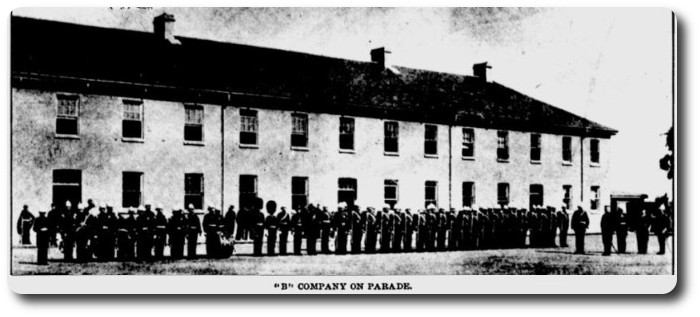
"B" Company, Infantry School Corps (Royal School of Infantry) on Parade.—In this engraving the Company with band are drawn up on the Barrack Square. The attached officers are between the band and the Company, and the permanent officers are on the right. As the Company is only allowed 100 men, it is never possible to put a strong Company on parade. There is always to be deducted from any parade, guards, prisoners, men in hospital, cooks, officers' servants, mess men, etc. Those acquainted with the work these companies have to perform say that an addition of at least twenty-five, or even fifty, men is urgently needed.
Officers' Quarters from the Barracks Square.—This is the reverse view of the officers' quarters from that published in a previous issue. The barracks consist of two other wings occupied by the men and running at right angles to the officers' quarters. When originally built, a fourth wing completed the Barrack Square, but it was burned down a number of years ago, and as it was an unsightly ruin, it was removed some six years ago. In the centre of the Barracks Square stands the flag staff.
Hospital of "B" Company, Infantry School Corps.—The original Hospital of the Barracks was built outside of the Barrack Square, facing the river. It still stands but is not occupied. It was made to accommodate eighty patients. Such large hospital accommodation was not required for a force at most (with attached men) of one hundred and thirty. The Government, at the suggestion of Dr. Campbell, fitted up the building at present used as a hospital. Tot was originally the commissariat store building of the barracks. It contains ten beds, with room to increase to ten more. It is a model hospital in every way, and, in addition to two good sized wards, contains a surgery and the quarters of the hospital sergeant. Hospital Sergeant Cotton, which is in charge, may well feel proud of his neat and clean hospital. Surgeon Campbell says that he is a model hospital sergeant.
In conclusion, the Montreal volunteers take much pride in this military school; but while admitting its value where it is at present stationed, state that its value would be increase tenfold if it was where it ought to be—in the city of Montreal. They point to the visit which the School made to Montreal on the occasion of the review on the Queen's Birthday in 1889, and the enthusiasm which that visit created, as a proof of the assertion they make. The grounds which surround the officers' quarters have, under the horticultural guidance of Col. D'Orsonnens, have changed from a scene of desolation to that of beauty, the like of which, it is claimed, is not to be seen at any other military school in the Dominion. In future issues we hope to publish illustrations of the other military schools.
The Commandant's residence occupies the north-east portion of the officers' quarters. The ground in front us arranged in a tasteful manner, and is luxuriant with flowers.

Posted by regimentalrogue
at 12:01 AM EST



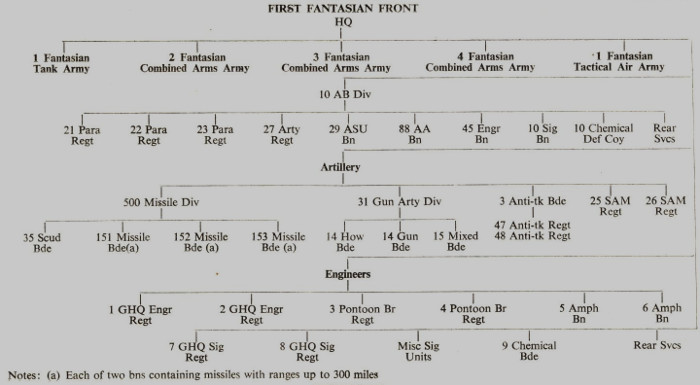
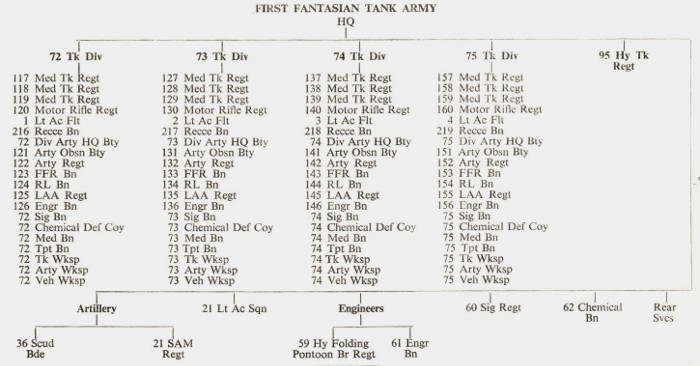


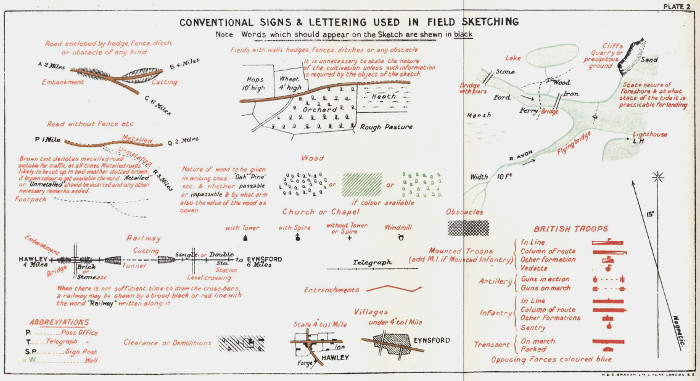
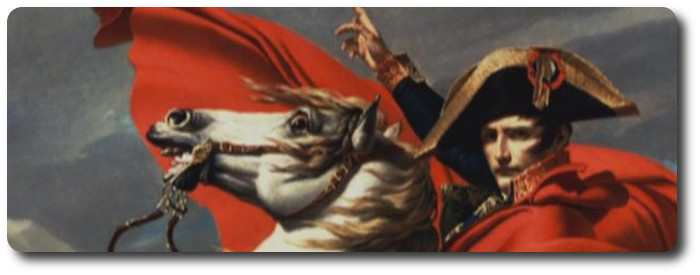
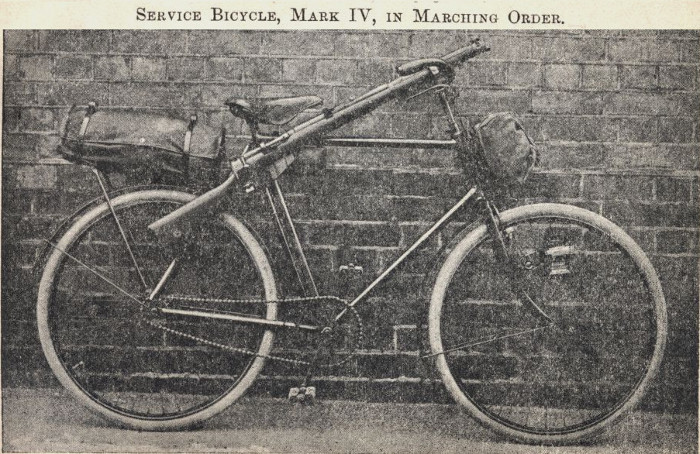
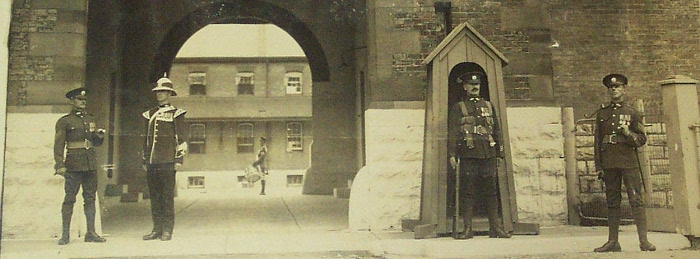



 On the 25th of May 1883, the
On the 25th of May 1883, the 

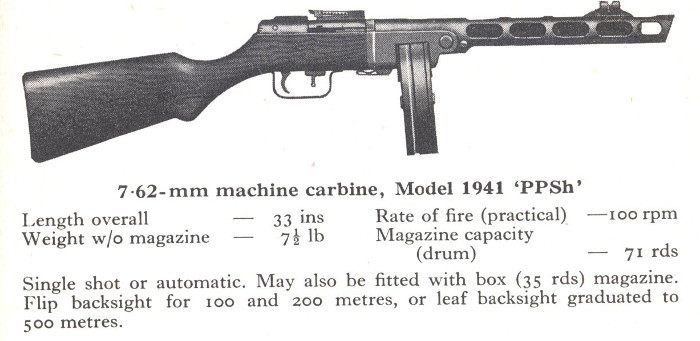

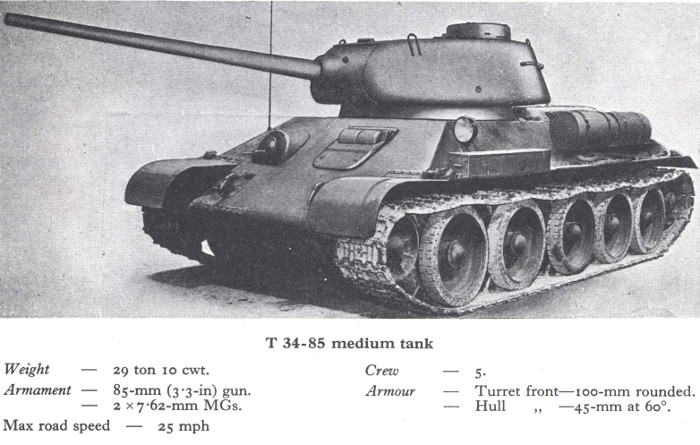
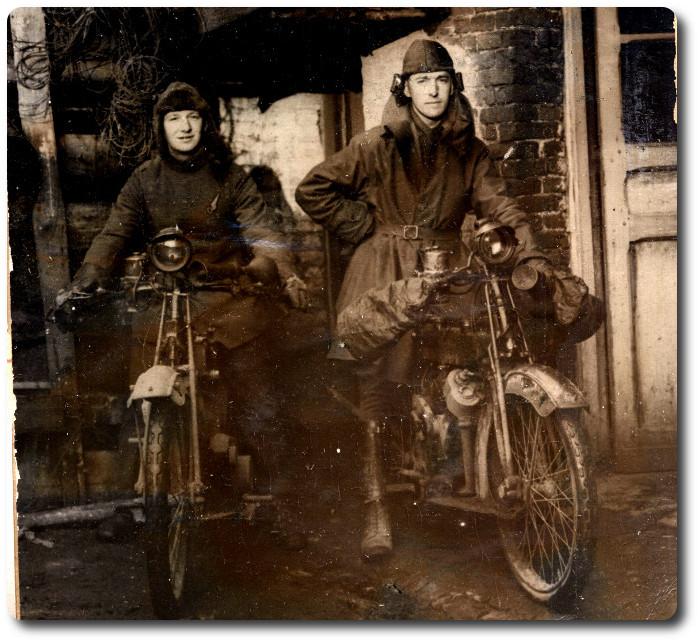

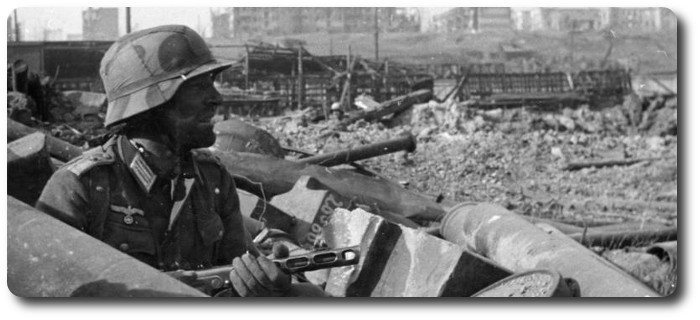
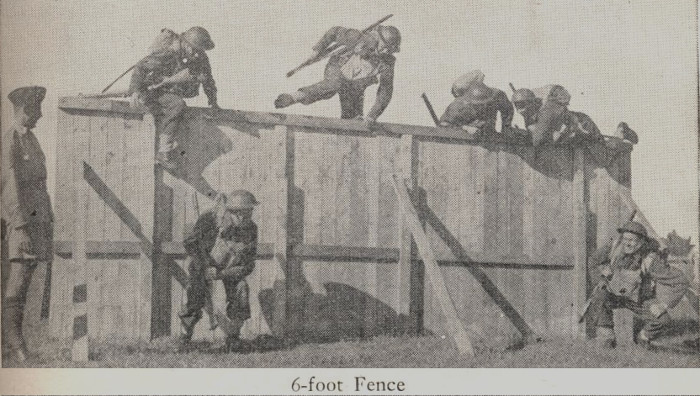
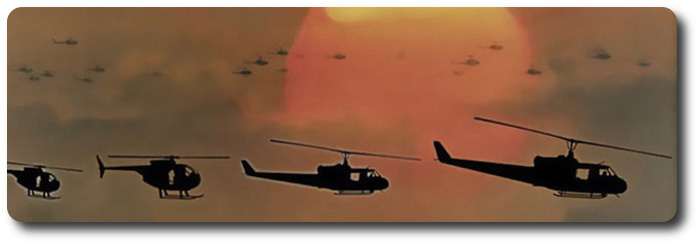
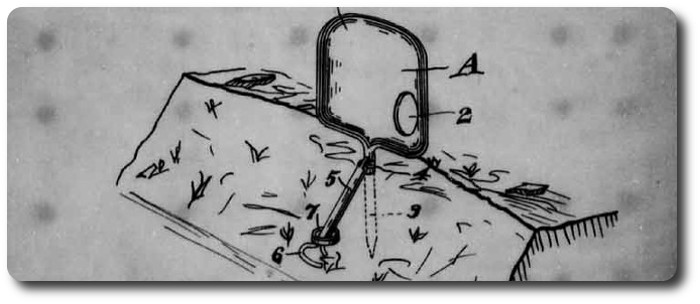
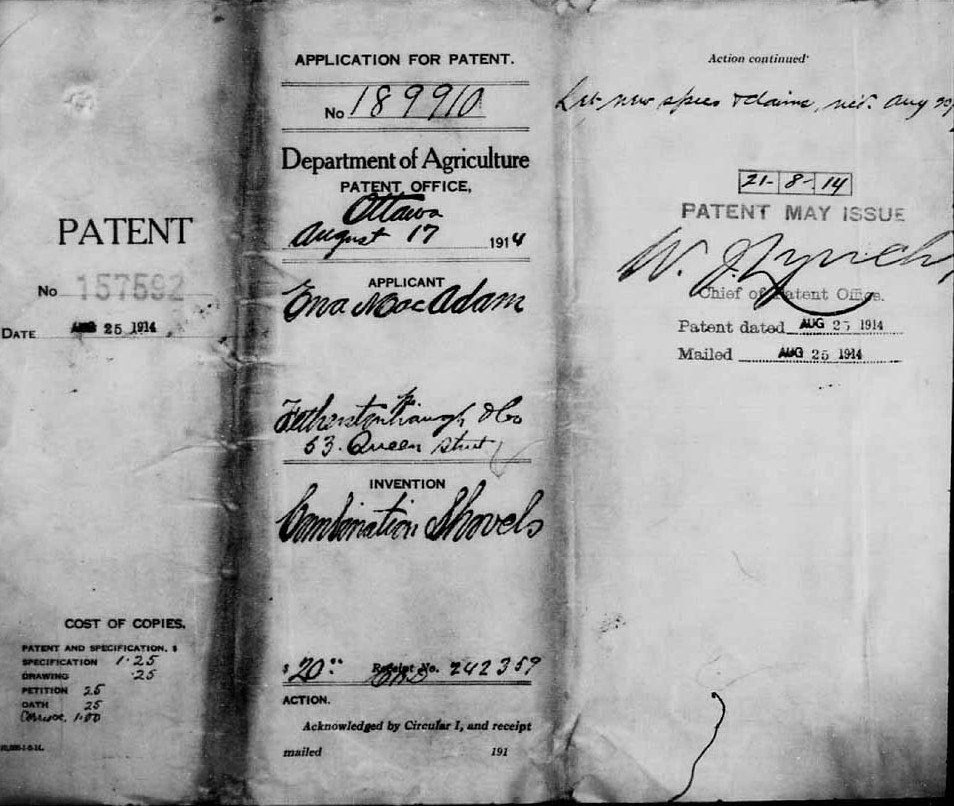
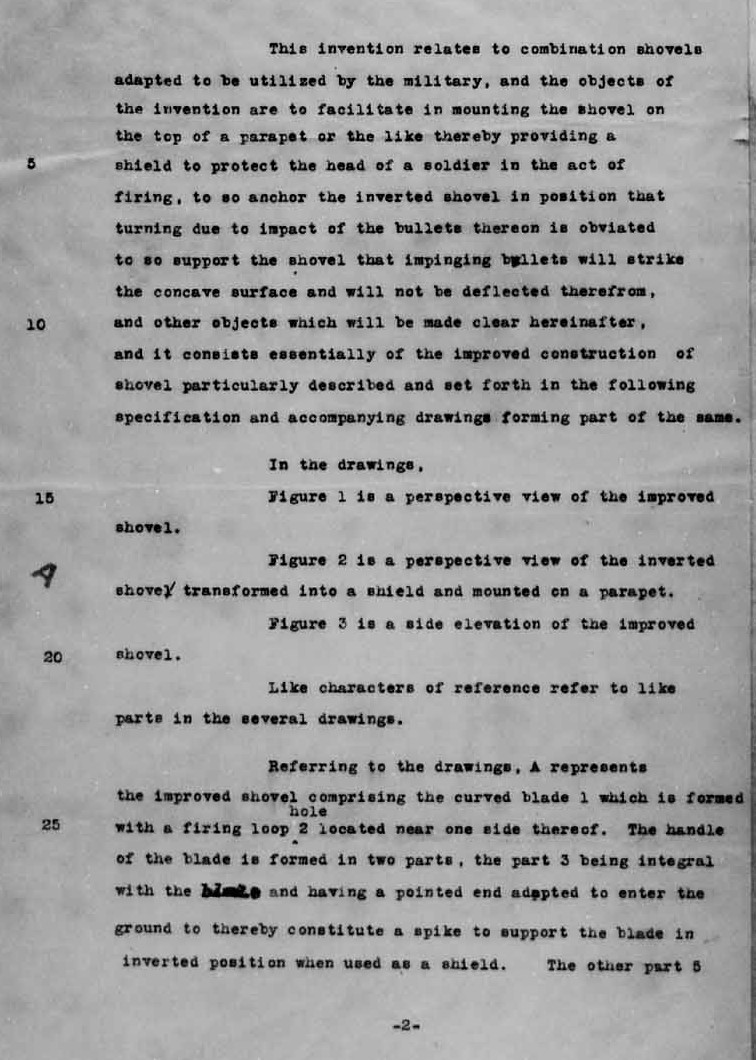
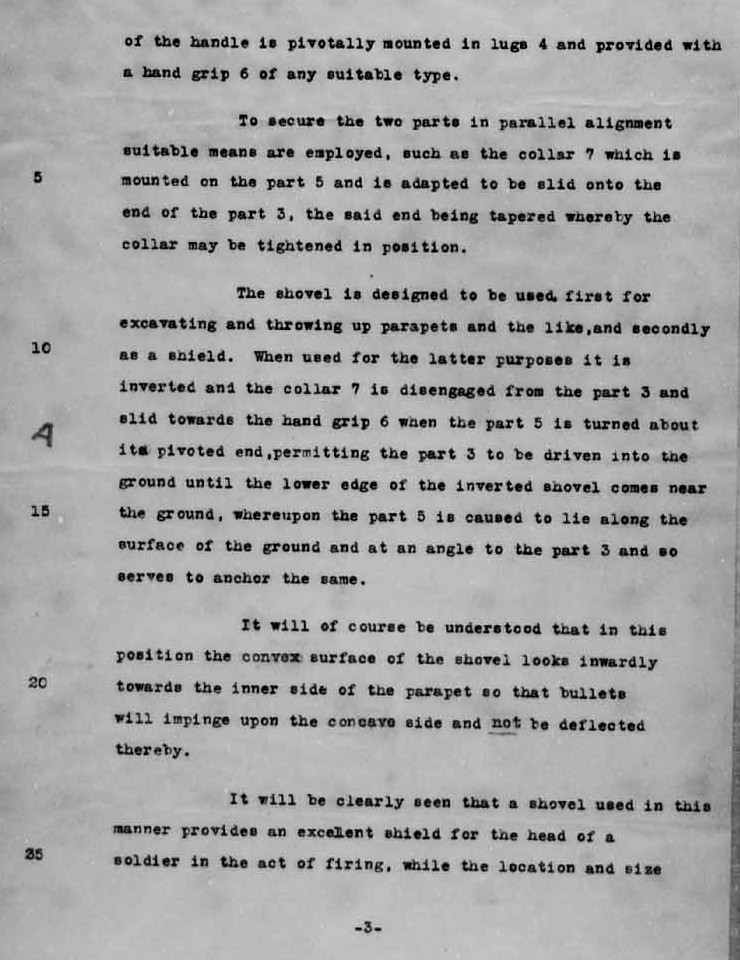
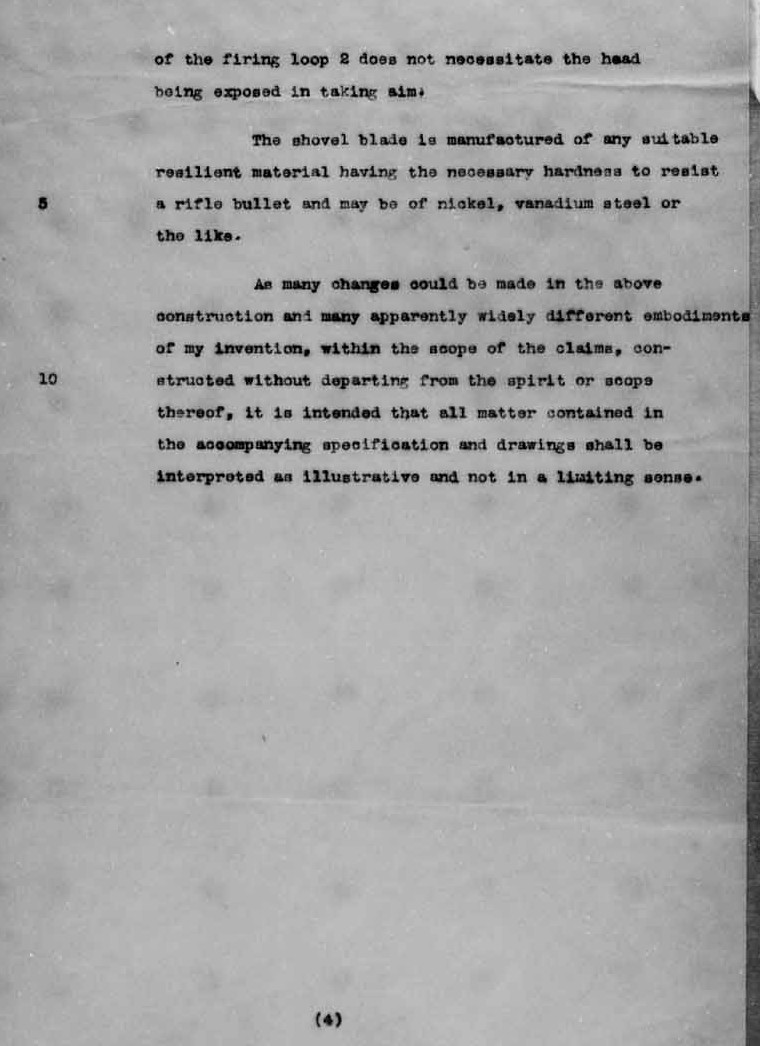
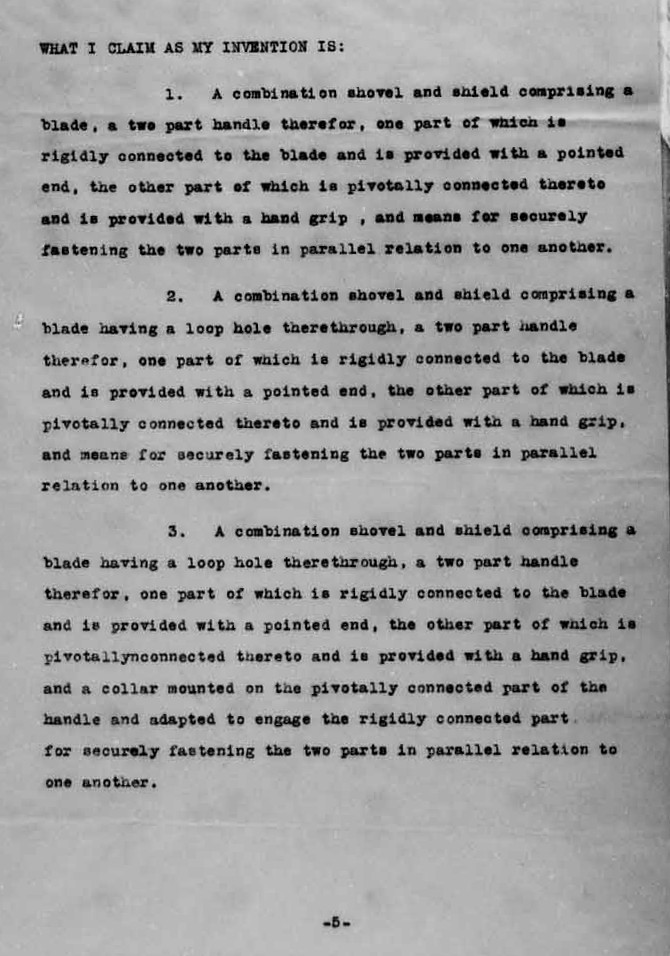
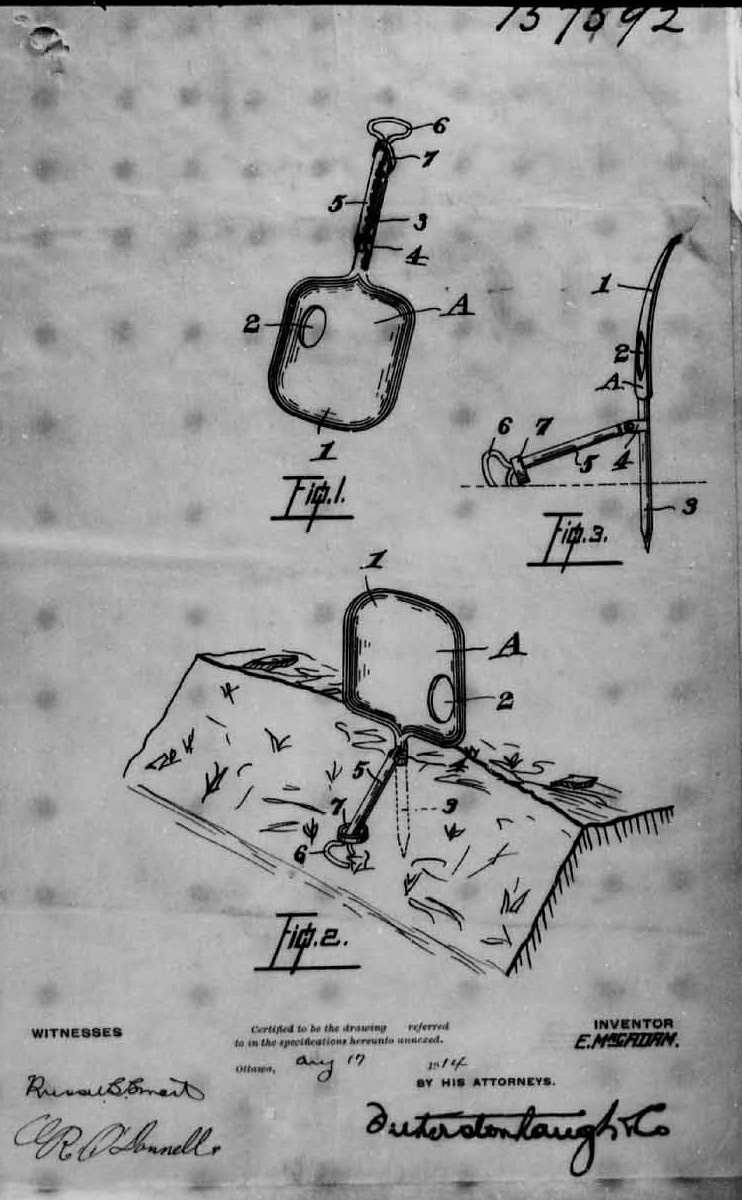
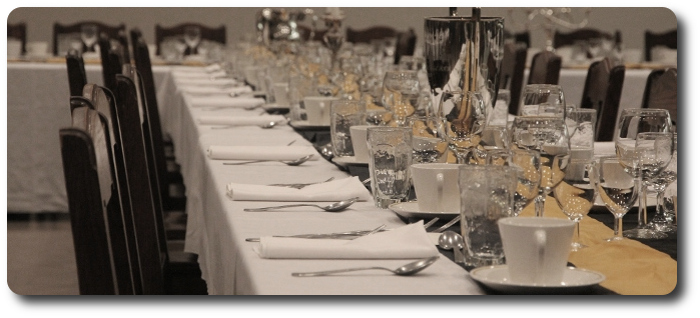
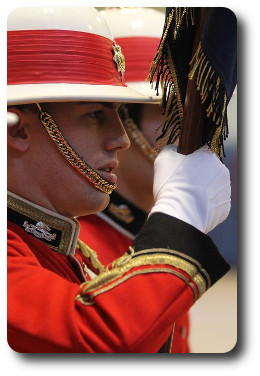 When Bobby came up from
When Bobby came up from 
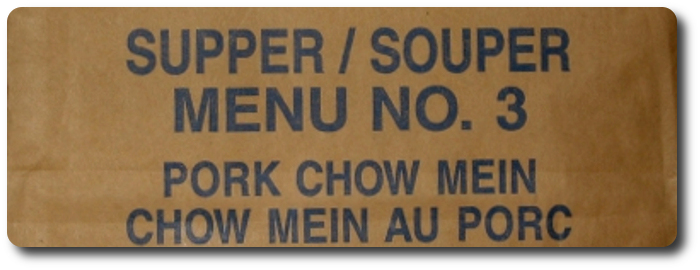

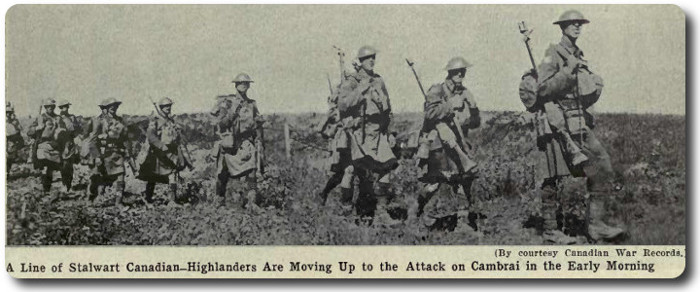
 Once more, there are two sorts of discipline, distinct in principle although sometimes they may overlap in practice.
Once more, there are two sorts of discipline, distinct in principle although sometimes they may overlap in practice.